chicago commercial building built for 19th century tugboat operator james l. higgie undergoing demolition, part 1
This entry was posted on December 5 2017 by Eric
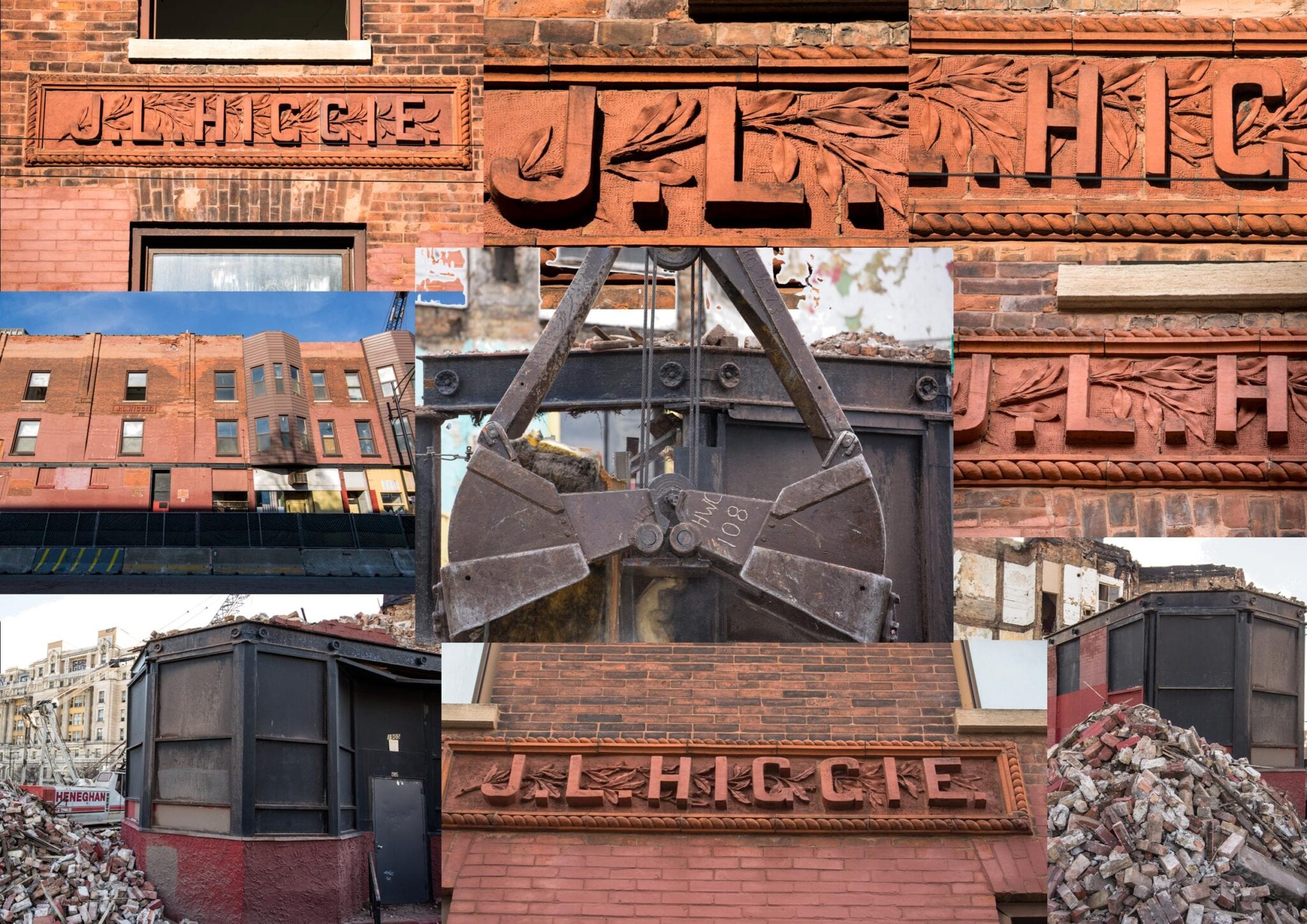
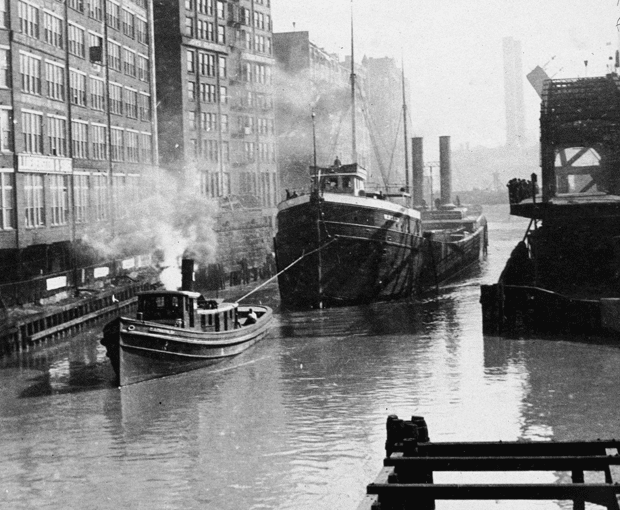
a late 19th or early 20th century chicago tugboat.
facing its impending destruction, the wedge-shaped j.l. higgie building has piqued my interests; perhaps moreso because of the lack of information out there surrounding the building itself, and the plethora of accolades following mr. higgie and his illustrious career.
relatively famed in the maritime circuit, captain james l. higgie was born in fifeshire, scotland on march 23, 1834. one of nine children, his parents both died when he was four years old, and at age thirteen he made the long journey to the united states, settling in kenosha, wisconsin. he began his seafaring career as a cook aboard the 'mary ann leonard' at age fourteen, but after two years moved on to join the crew of the 'erwin', becoming the boat's captain after just one year.
after moving on to captain the 'whirlwind' and the 'william jones', he finally purchased a boat called the 'pilgrim', captaining her for seven years. in 1863 he came to chicago, and during 1864 remained on shore, engaging in the commission business and forming a partnership with a halsted, under the name higgie & halstead. with this partnership he purchased the 'william sturges', but after just one year the partnership dissolved and he decided to focus all of his attention on his personal affairs as well as increasing the number of vessels he owned.
from 1867-68 he purchased the 'william shook' and the 'city of chicago', bringing his fleet to four boats then in 1869 he lost the 'william shook' on lake huron and sold the 'pilgrim'; in 1870 he purchased the 'john miner'. higgie gained some real notoriety in 1871, as this year the tug owners raised the tariff so high as to almost prohibit business.
in consequence, the vessel owners combined and raised a capital stock company called the vessel owners' towing company. they elected captain higgie president, after which he went to buffalo and contracted for five new tugs and then returned to chicago. when the tugs were ready to deliver to the company he again went to buffalo and equipped them, and they arrived in chicago about one month prior to the great fire of 1871. captain higgie continued as president of the vessel owners' towing company while simultaneously operating vessels of his own, and handling a large quantity of real estate in the meantime.
in 1888, just after the coining of the neighborhood designation of edgewater, two landowners in the area decided to capitalize on this new opportunity for a subdivision. higgie being one of them, he announced the first addition to edgewater along the north side of bryn mawr between glenwood and clark. his plat design included two north-south streets called myrtle and pearl. but in 1889, this subdivision was vacated and the land sat idle until 1909 when it was platted as the bryn mawr addition to edgewater. the architect behind the wedge-like building that spurred this discussion, f.b. townsend, also has a connection to the edgewater area, designing the rosehill grammar school in 1889, around the same time higgie was attempting to construct his subdivision. perhaps this was when they met, with townsend as a possible contender for the job higgie was hoping to do; perhaps they struck a lasting partnership. townsend is known for his smaller buildings and homes all over chicago and wisconsin, and higgie seemed to be a distinguished man, having worked his way up as a scottish immigrant and ship's cook. what brought the two so far south to the chunk of ogden we are currently tearing apart, we may never know.
higgie was married in 1867 to a miss mary kirkham, and the two of them had seven children. he was one of the most prominent men, closely identified with marine matters in chicago, and according to one source " his name is familiarly known over the whole extent of the lakes, and is a synonym for honorable dealing and commercial equity." it is no wonder then, that this self made man would want his name placed prominently on a building he had a hand in. whatever its original purpose, whomever lived or worked there, this building was a product of the illustrious j.l. higgie; a man who rose from meager means after immigrating to the united states on his own at 13, to own a number of ships, head a capital stock company, and develop some of chicago's early neighborhoods.
day one:
i made a quick visit to a building built for j.l. higgie in 1886 before returning to congress. the building's architect was f.b. townsend. higgie was in the tugboat business during the 1880's. the building contains two red slip terra cotta name plaques, bearing his name.
the early terra cotta ornament was fabricated by northwestern. i hope to salvage them this week when i get onsite.
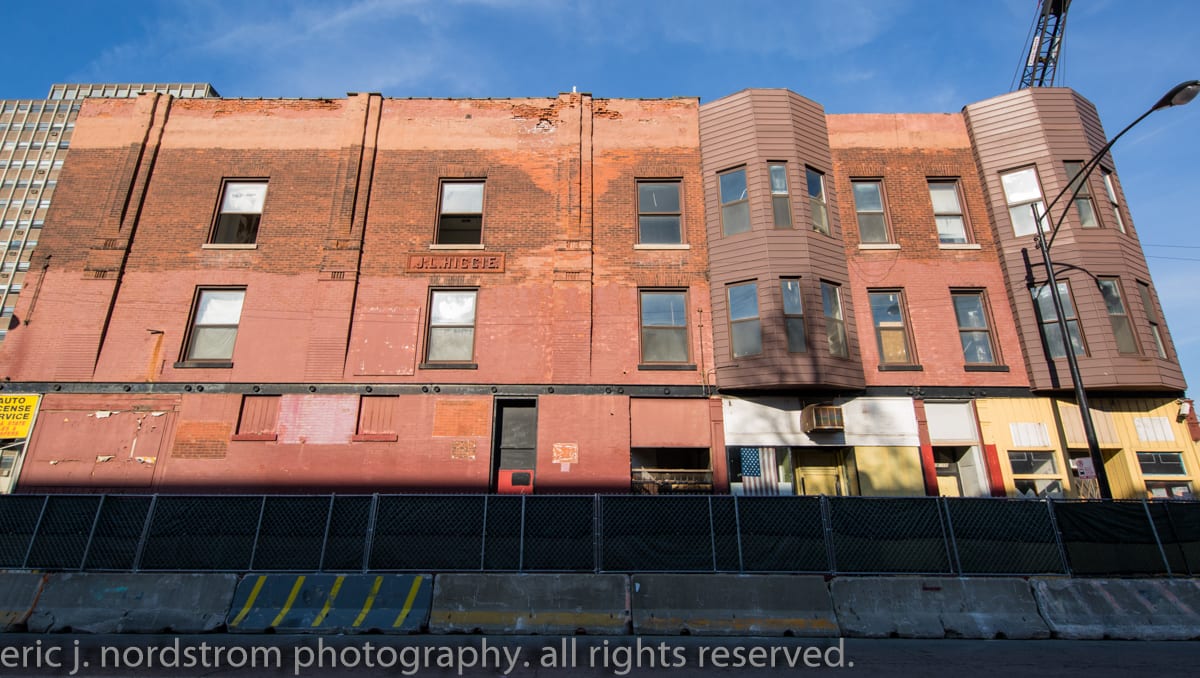
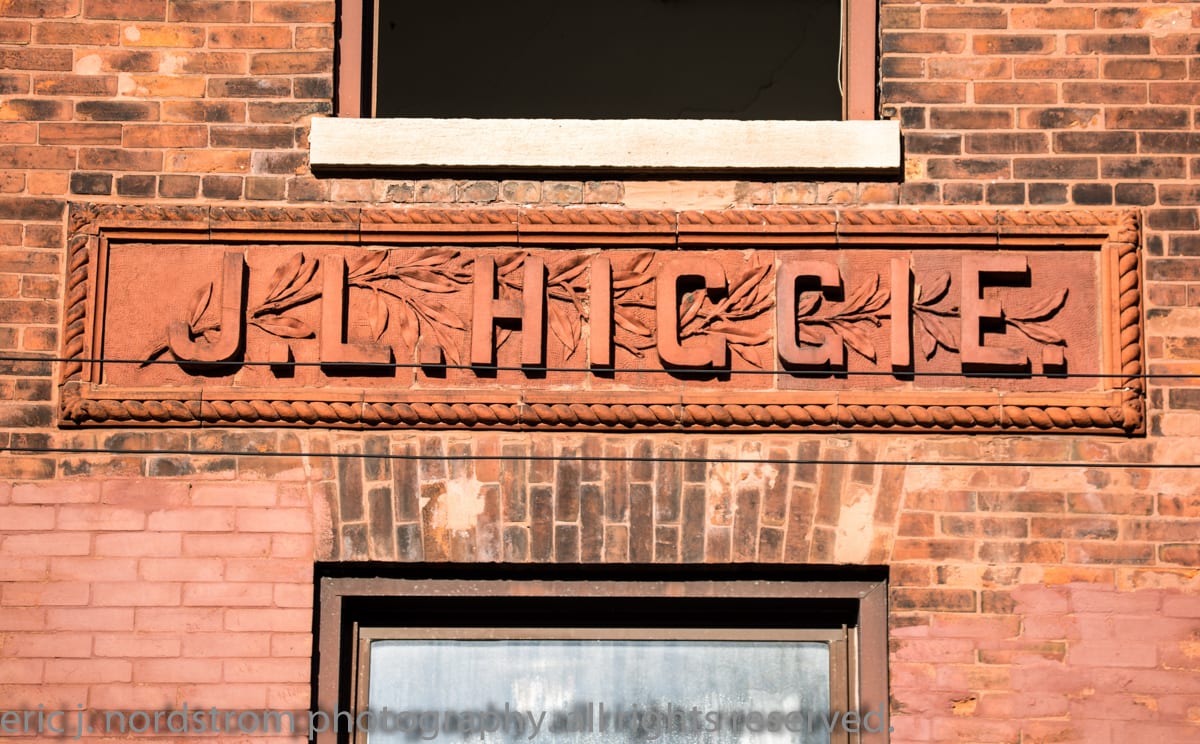
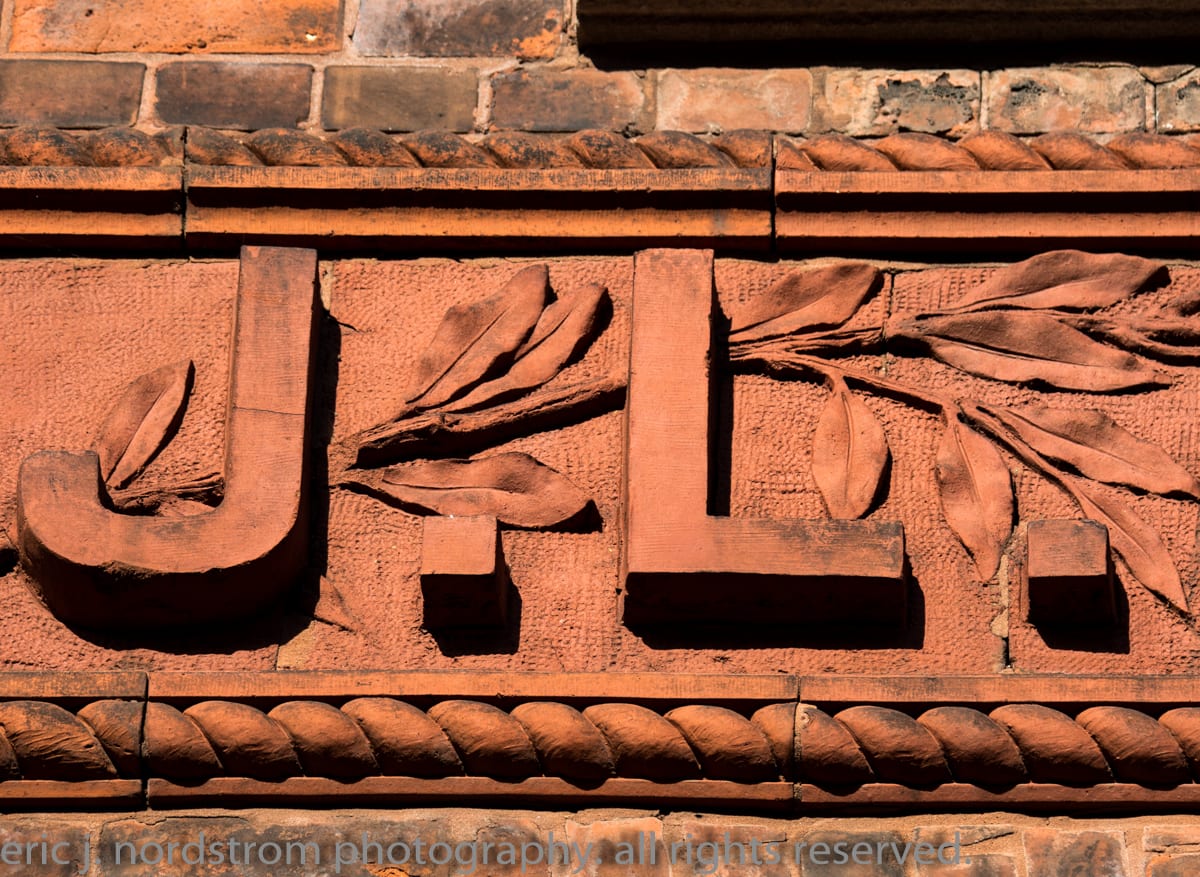
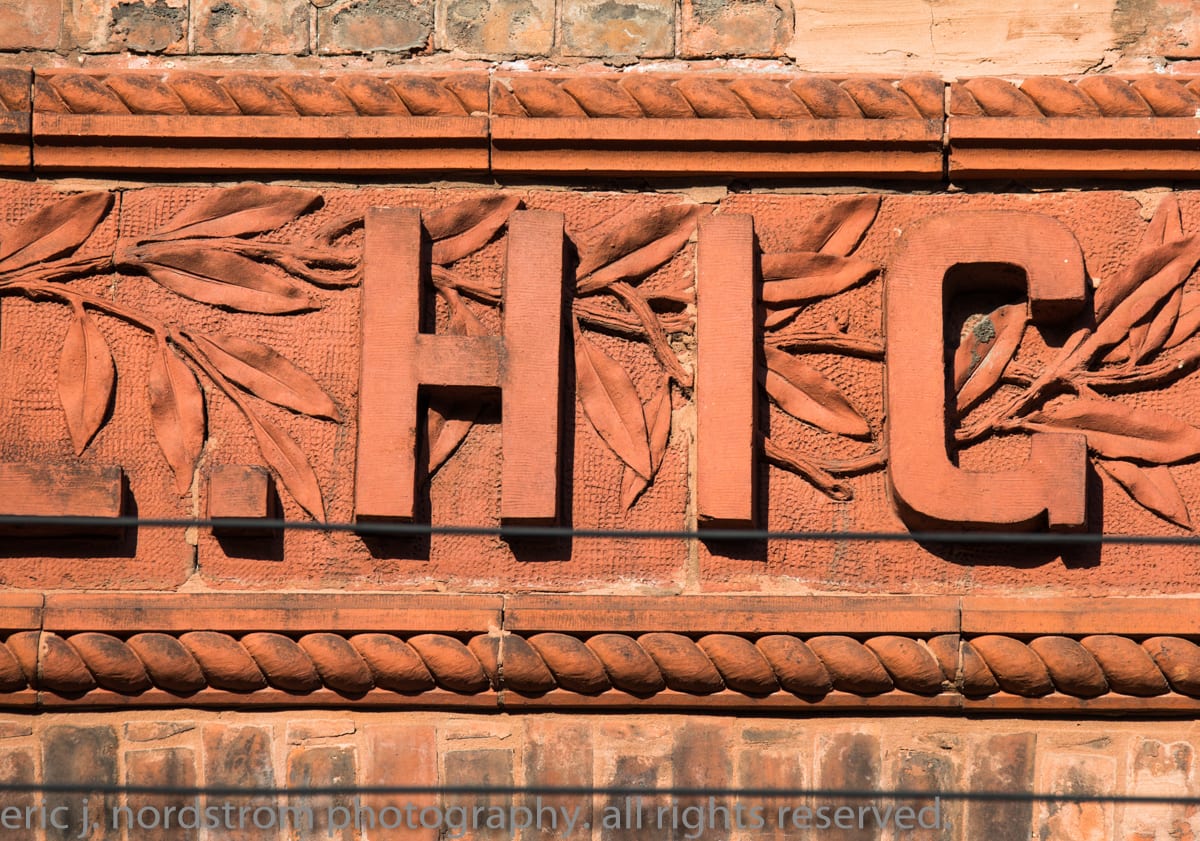
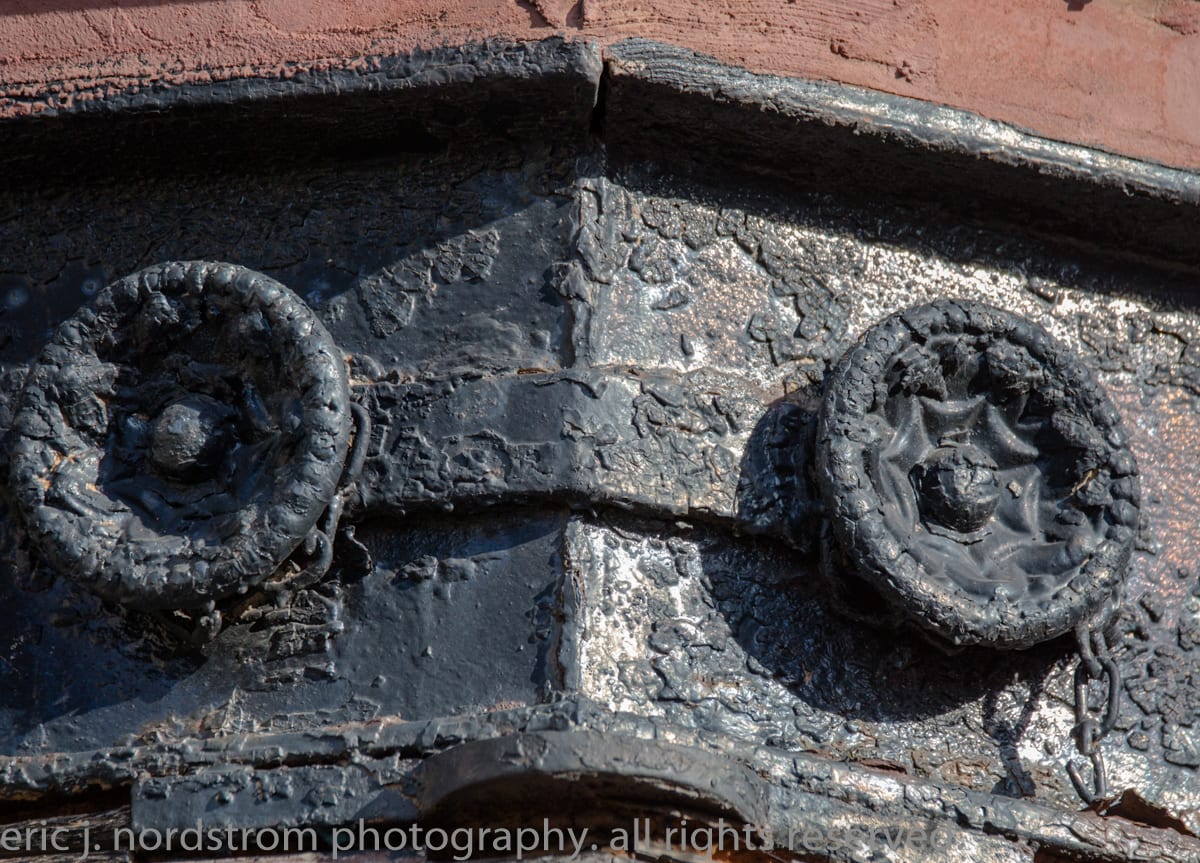
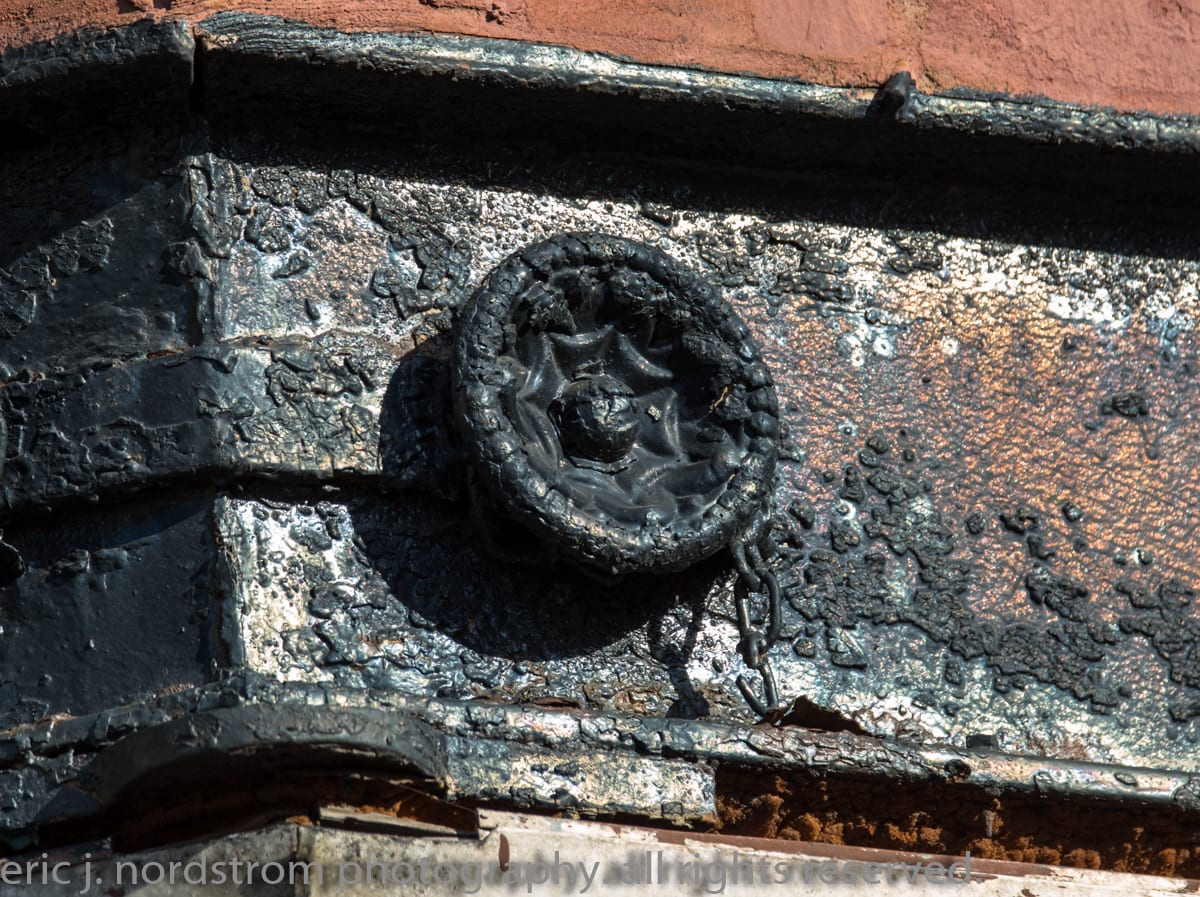
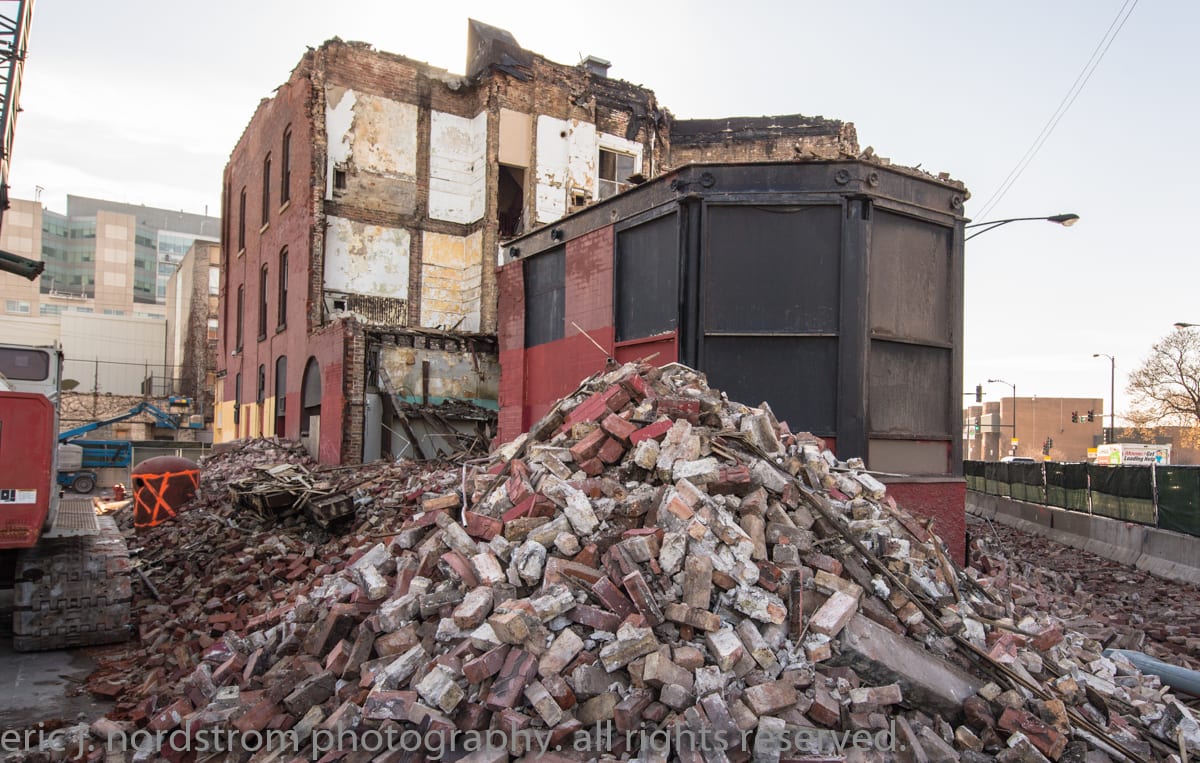
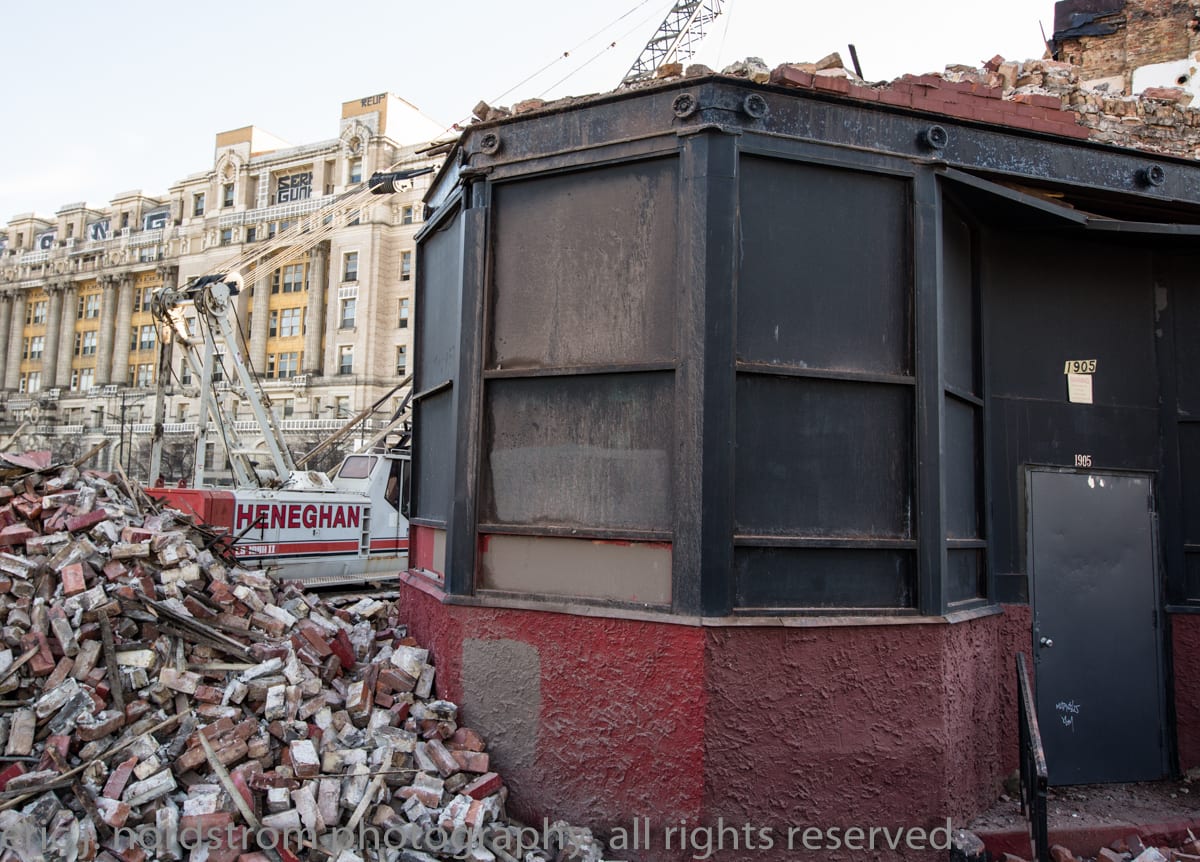
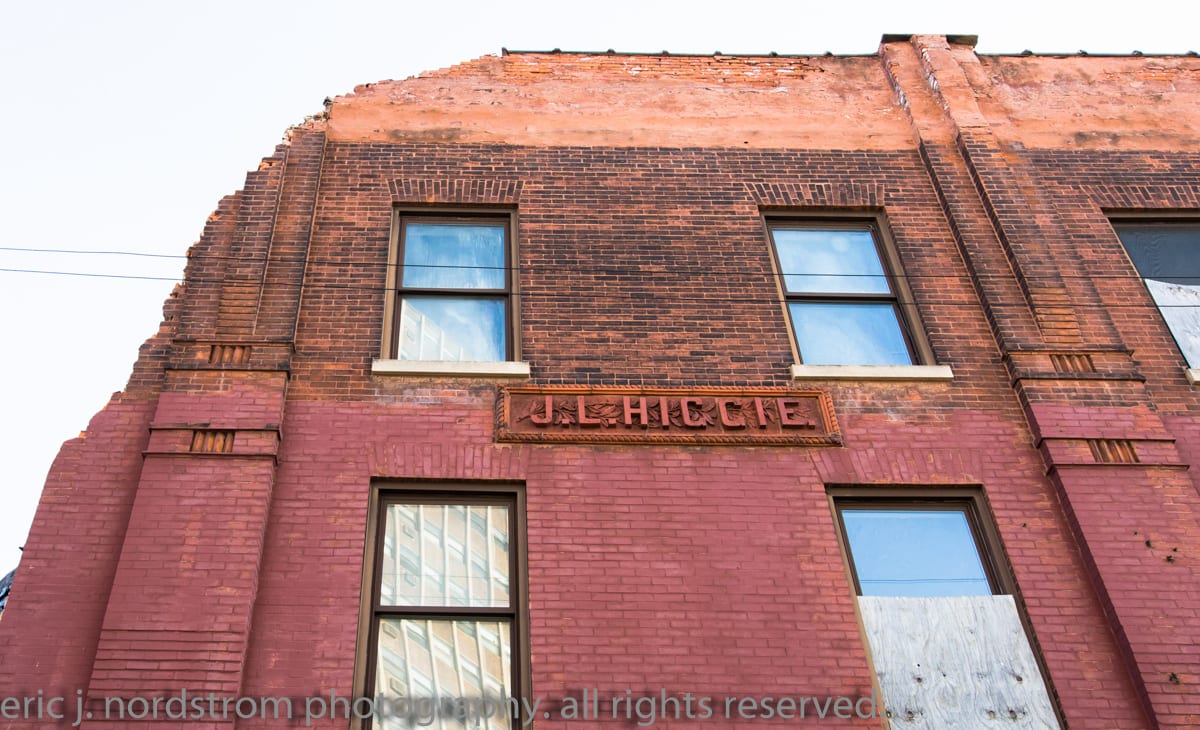
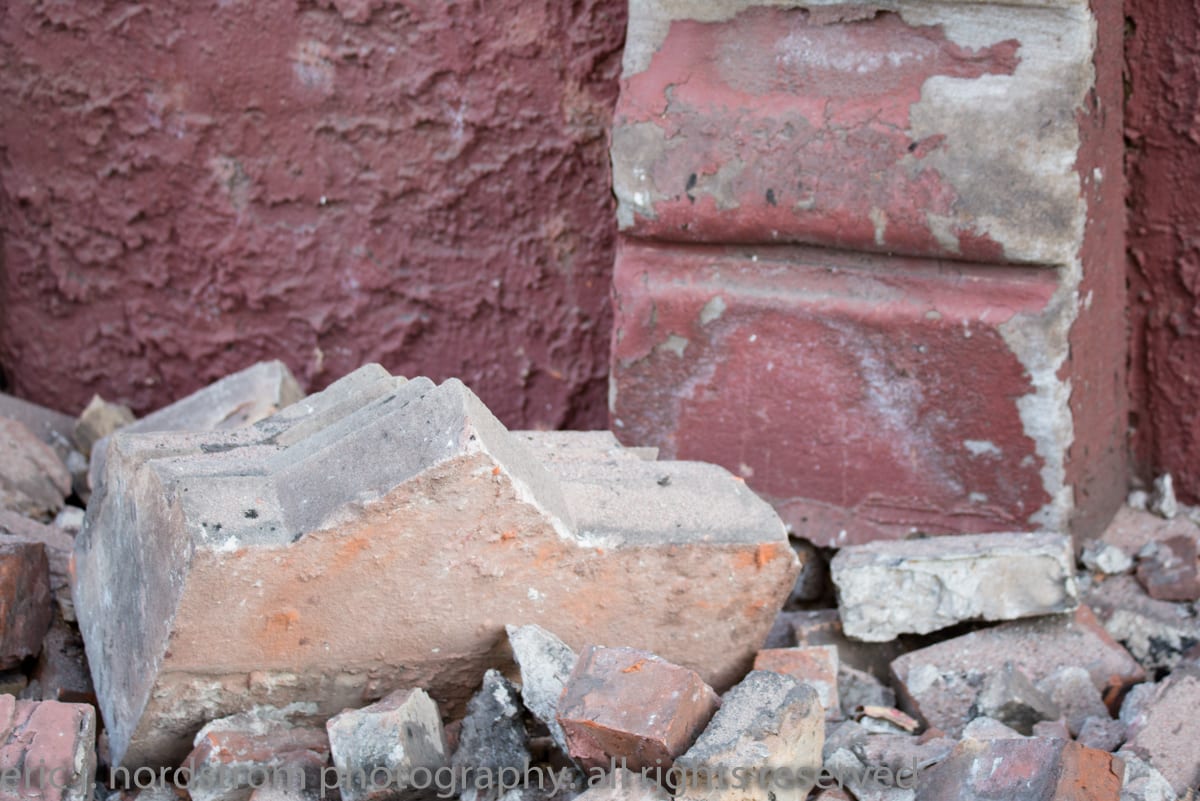
day two:
my interest in mr. j.l. higgie, who served as president of the vessel owners' towing company in the 1880's, continues to grow (see above) as i document the death of the building bearing his name. images of the demolition site - taken in the early afternoon - are posted below.
i'm working with heneghan to try and salvage the name plaques. it could be a costly endeavour, but i would be deeply saddened if the terra cotta was destroyed. the plaques belong in a museum in my humble opinion.
Please continue to Part 2 on the J.L. Higgie building in this three part series
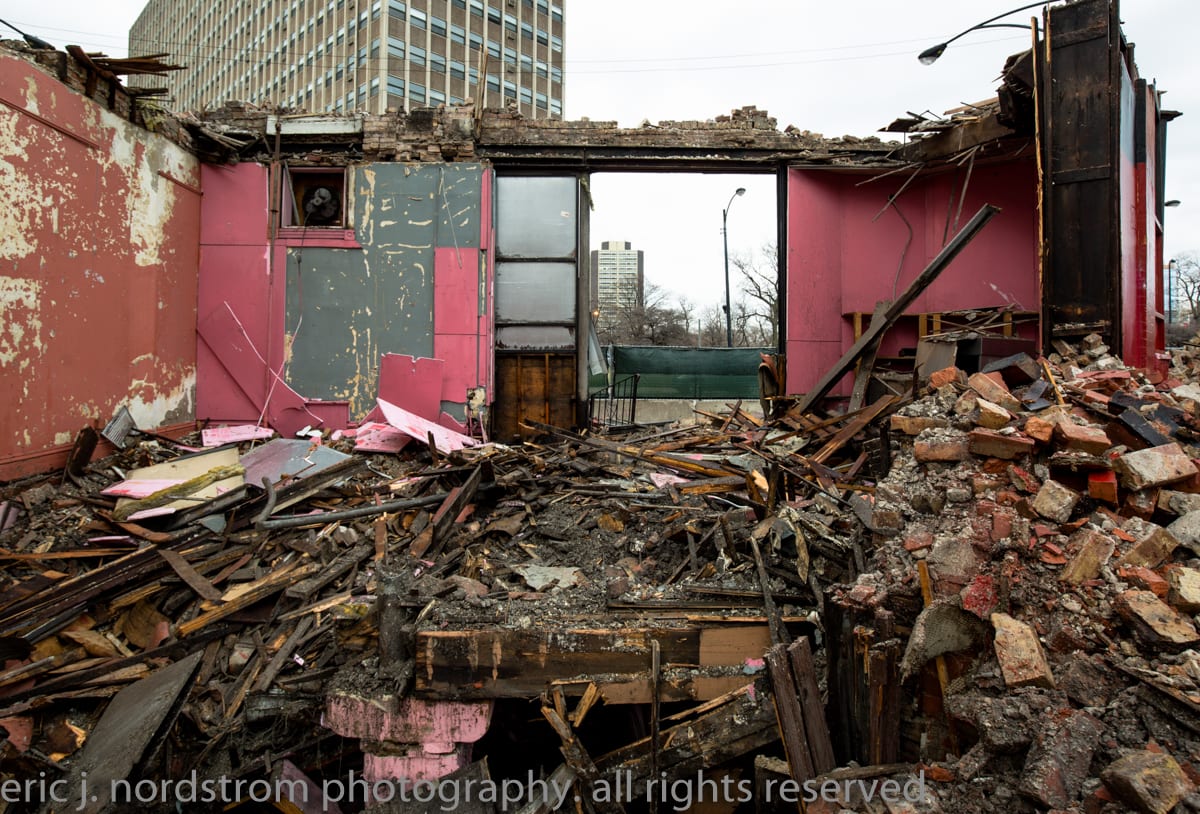
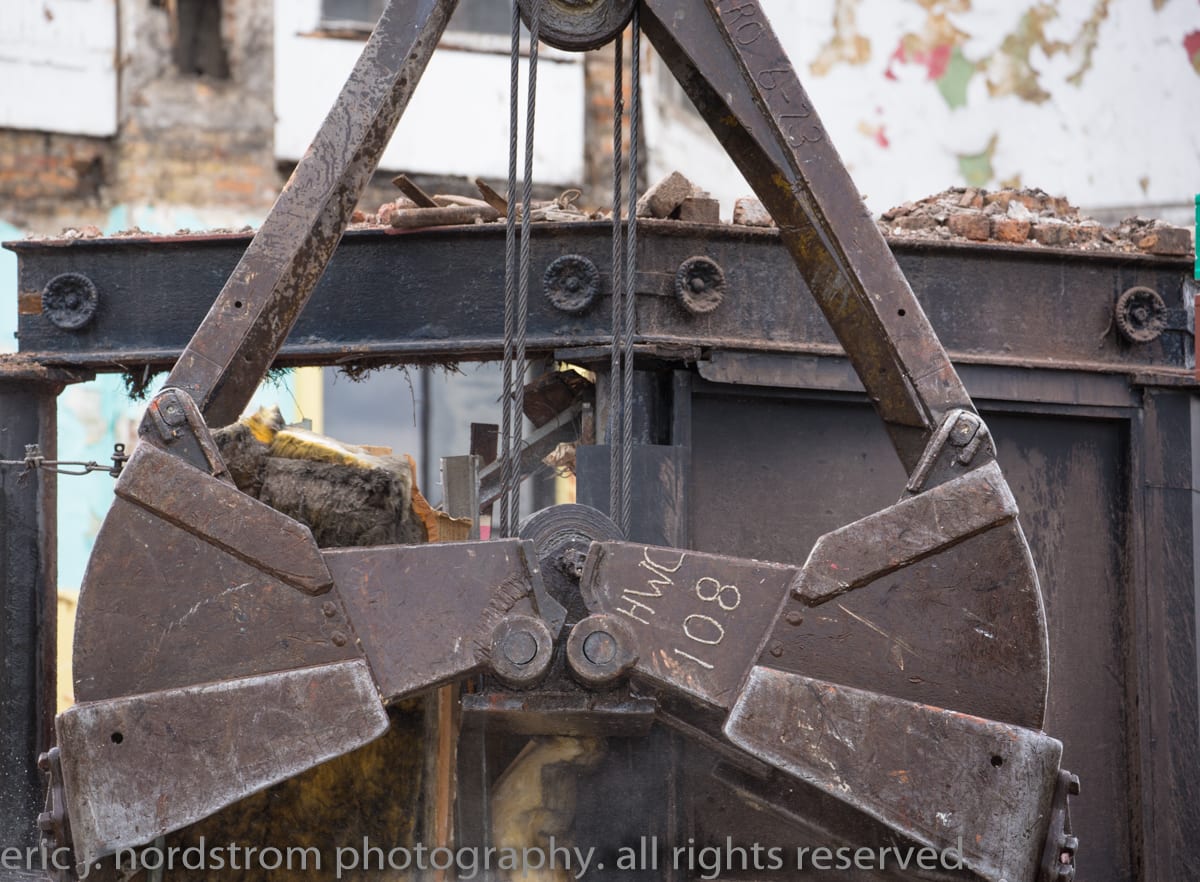
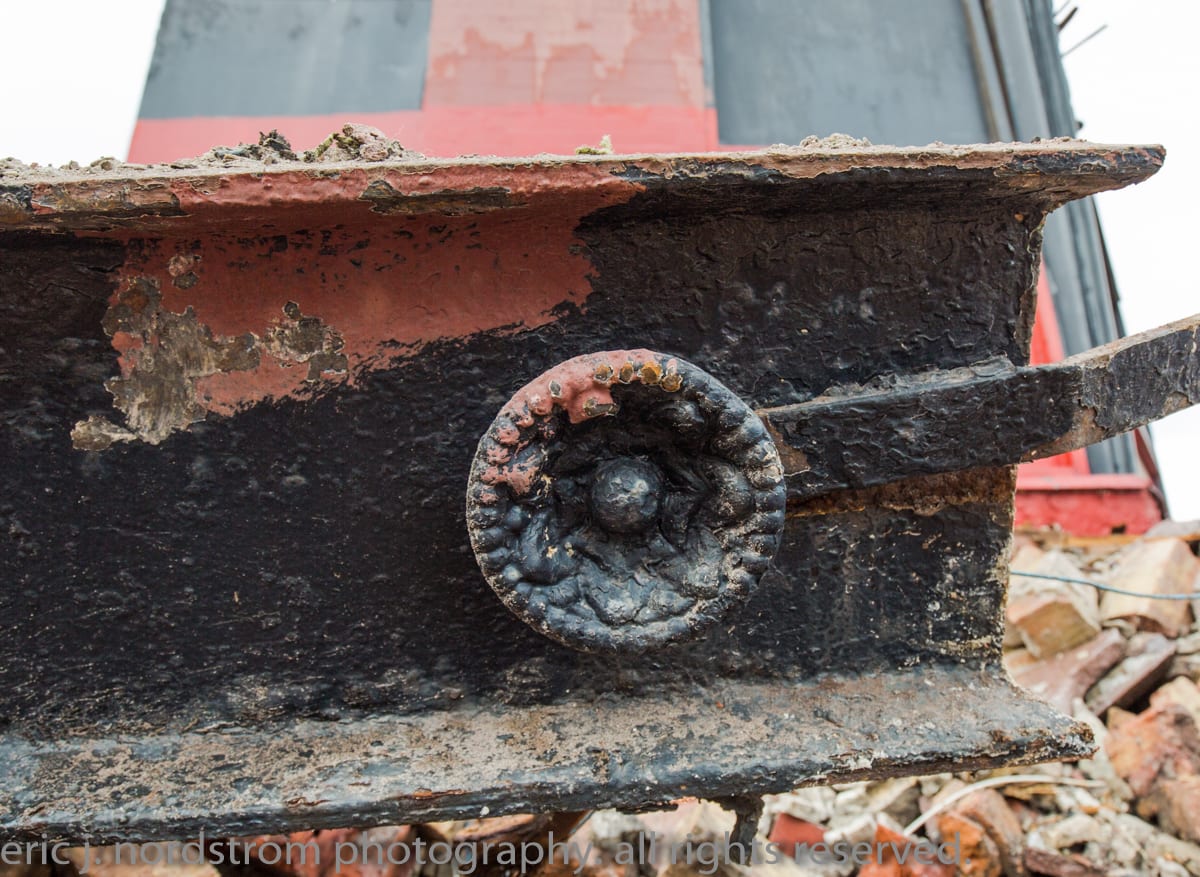
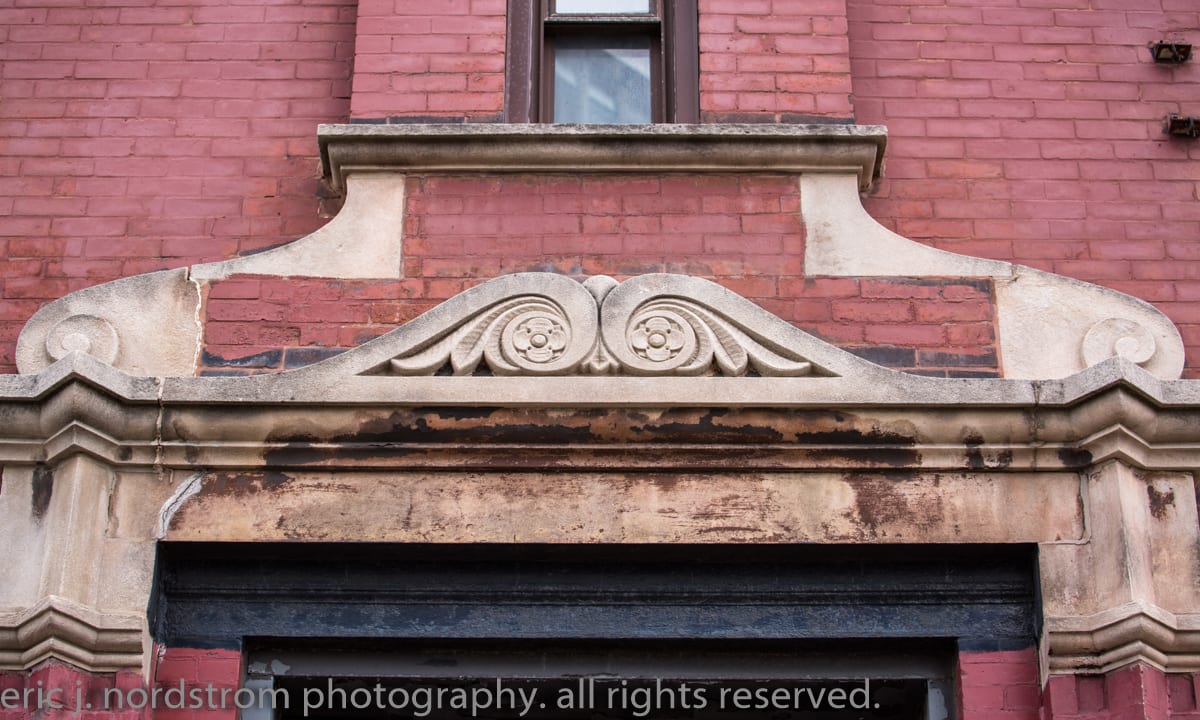
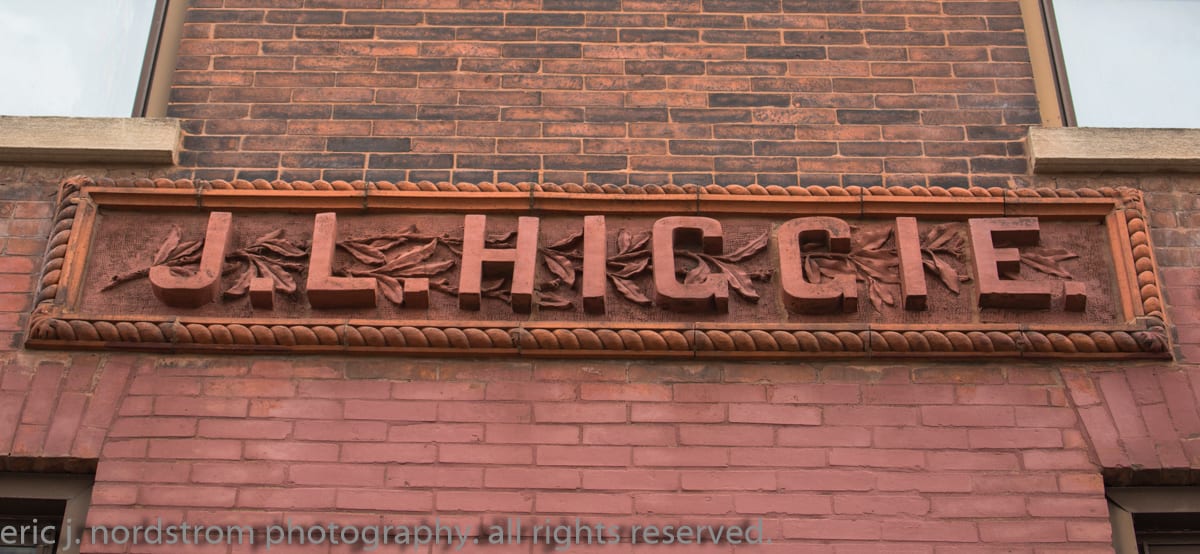
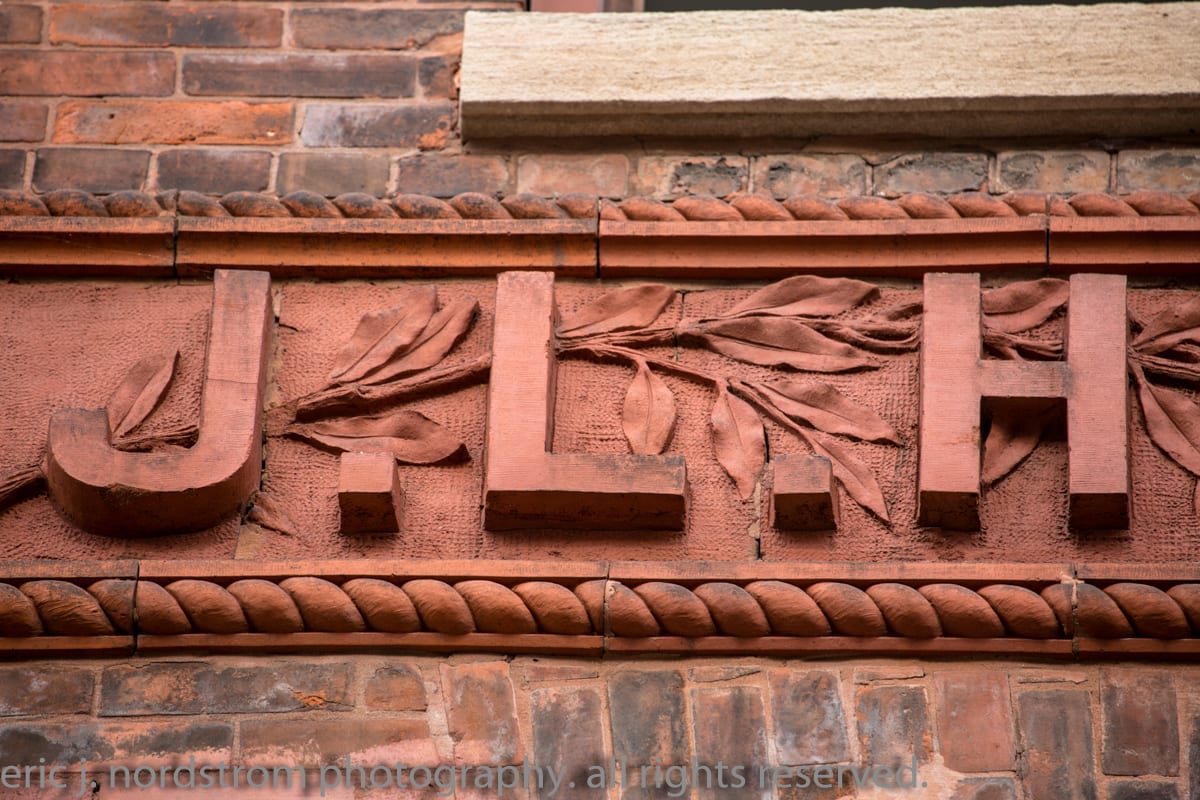
This entry was posted in , Miscellaneous, Salvages, Bldg. 51, Events & Announcements, Featured Posts & Bldg. 51 Feed on December 5 2017 by Eric
WORDLWIDE SHIPPING
If required, please contact an Urban Remains sales associate.
NEW PRODUCTS DAILY
Check back daily as we are constantly adding new products.
PREMIUM SUPPORT
We're here to help answer any question. Contact us anytime!
SALES & PROMOTIONS
Join our newsletter to get the latest information
























